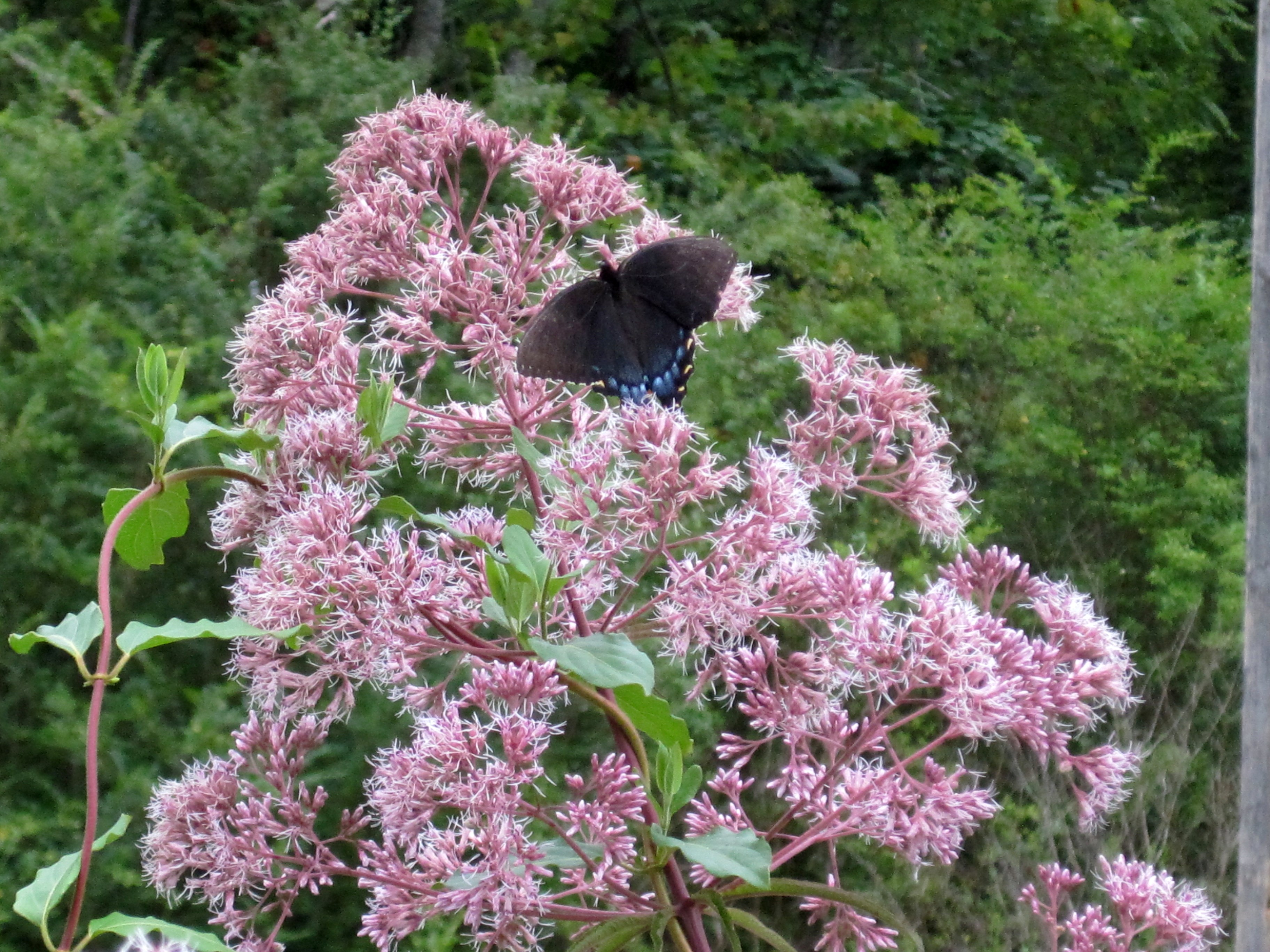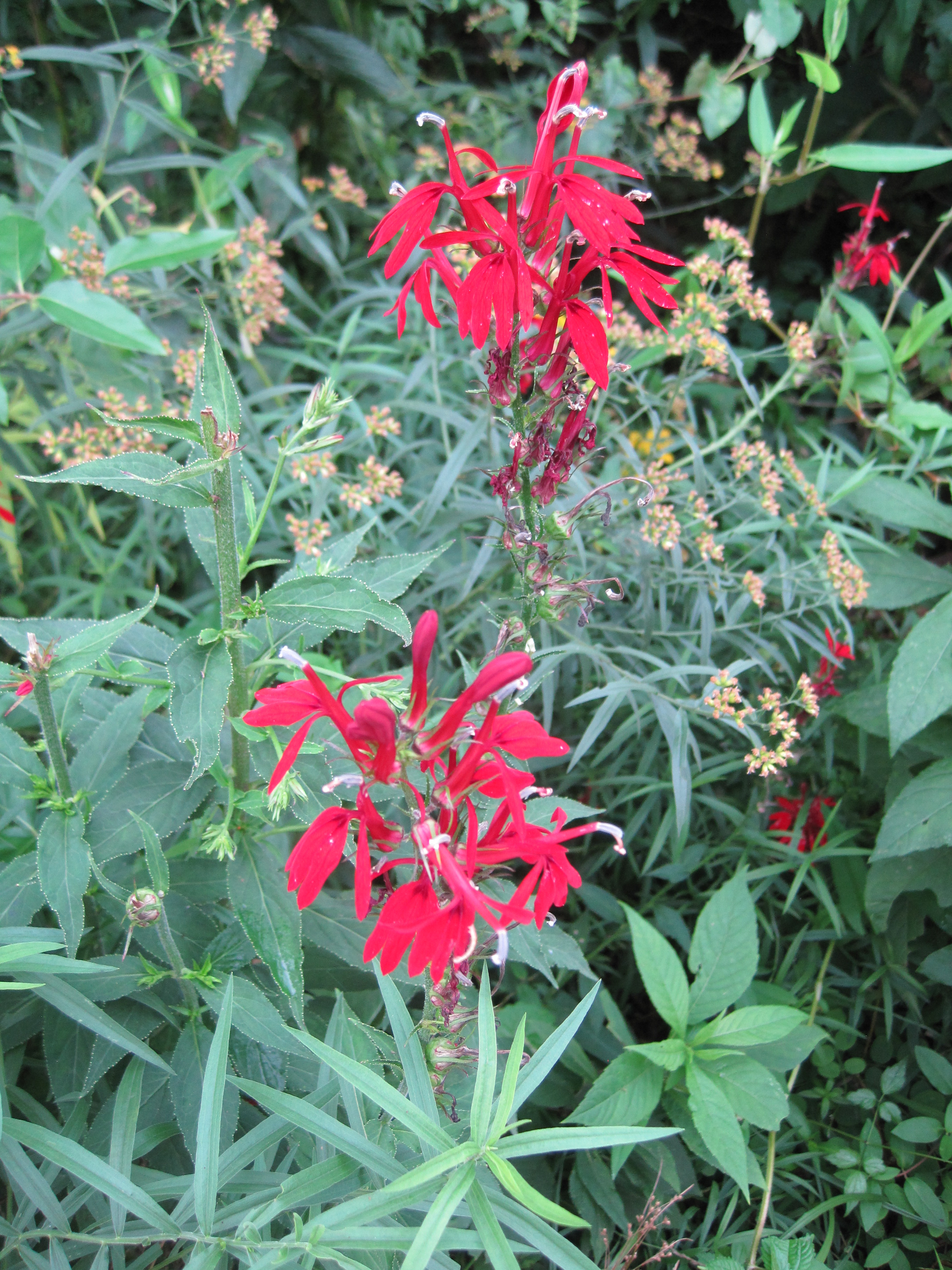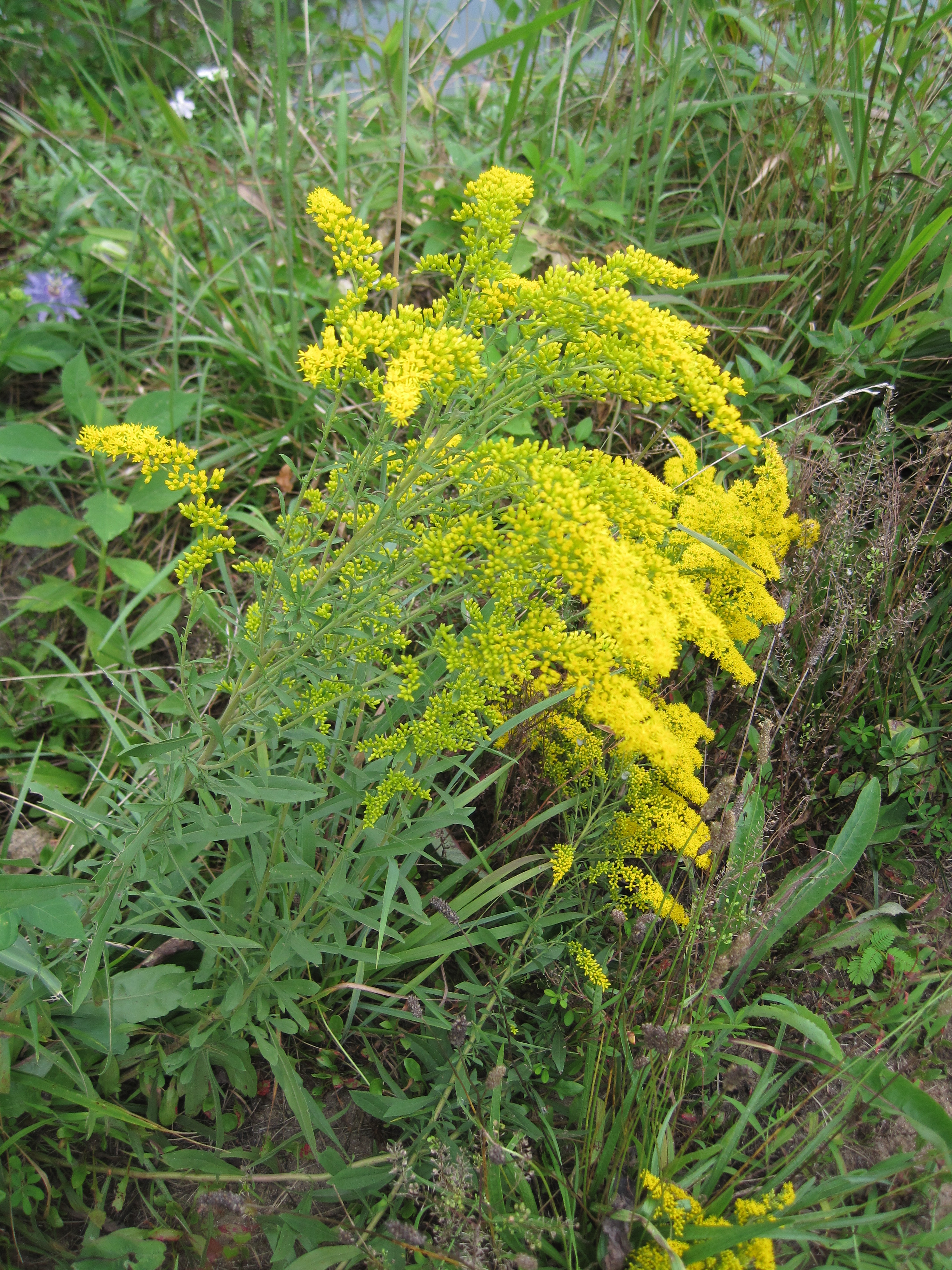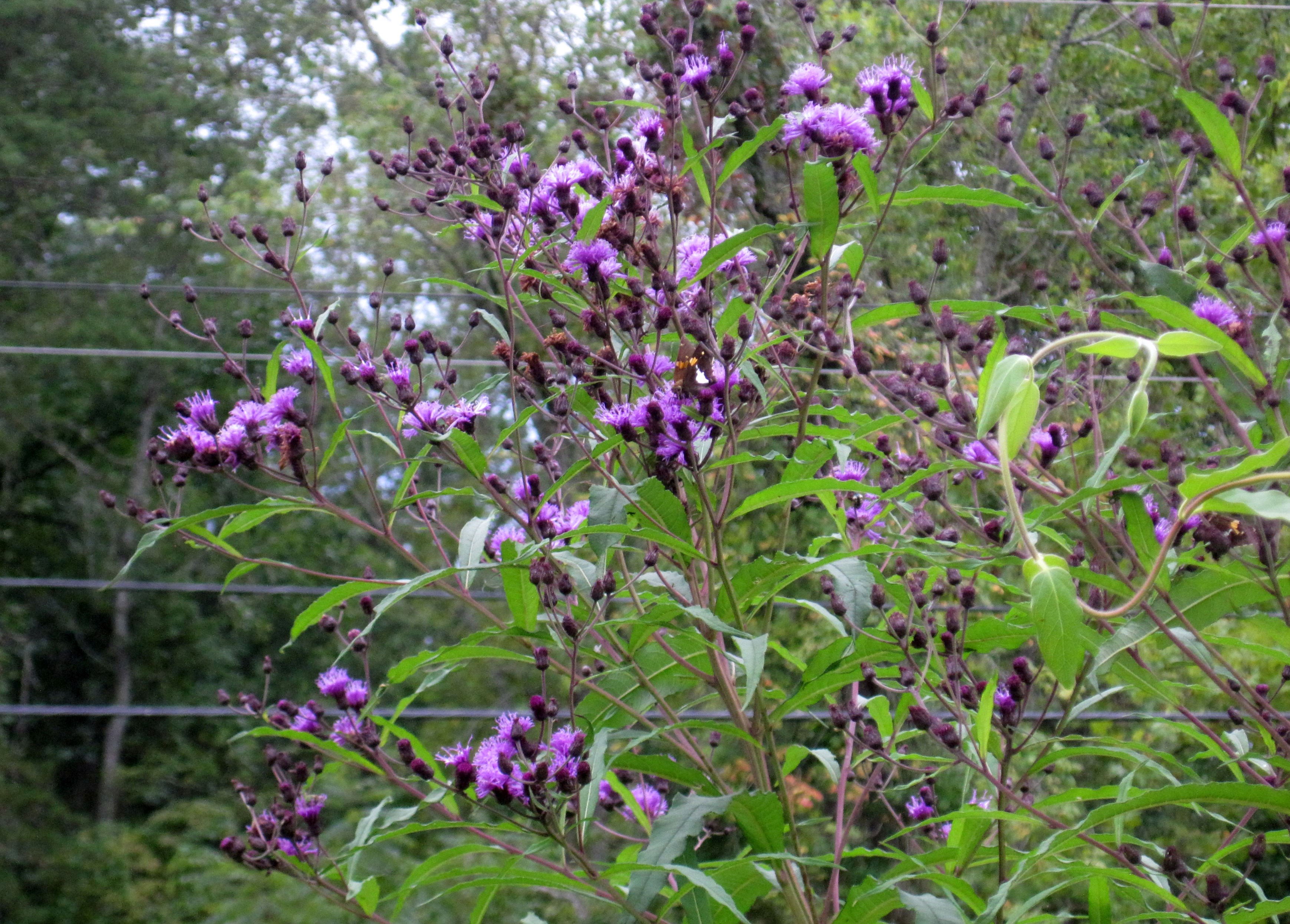What’s Flowering Now
go.ncsu.edu/readext?723378
en Español / em Português
El inglés es el idioma de control de esta página. En la medida en que haya algún conflicto entre la traducción al inglés y la traducción, el inglés prevalece.
Al hacer clic en el enlace de traducción se activa un servicio de traducción gratuito para convertir la página al español. Al igual que con cualquier traducción por Internet, la conversión no es sensible al contexto y puede que no traduzca el texto en su significado original. NC State Extension no garantiza la exactitud del texto traducido. Por favor, tenga en cuenta que algunas aplicaciones y/o servicios pueden no funcionar como se espera cuando se traducen.
Português
Inglês é o idioma de controle desta página. Na medida que haja algum conflito entre o texto original em Inglês e a tradução, o Inglês prevalece.
Ao clicar no link de tradução, um serviço gratuito de tradução será ativado para converter a página para o Português. Como em qualquer tradução pela internet, a conversão não é sensivel ao contexto e pode não ocorrer a tradução para o significado orginal. O serviço de Extensão da Carolina do Norte (NC State Extension) não garante a exatidão do texto traduzido. Por favor, observe que algumas funções ou serviços podem não funcionar como esperado após a tradução.
English
English is the controlling language of this page. To the extent there is any conflict between the English text and the translation, English controls.
Clicking on the translation link activates a free translation service to convert the page to Spanish. As with any Internet translation, the conversion is not context-sensitive and may not translate the text to its original meaning. NC State Extension does not guarantee the accuracy of the translated text. Please note that some applications and/or services may not function as expected when translated.
Collapse ▲
Joe Pye & butterfly
In recent days, I’ve noticed along the roadsides, in ditches and in varying meadows many of our beloved late summer blooming wildflowers and their exceptional display of red, purple, white and yellow colors. If you are a fervent flowering plant chaser or desire to be, I encourage you over the coming weeks to buckle-up, activate your flowering plant sensors and don’t forget your camera as you drive throughout the county in search of the latest sightings of Ironweed, Pale Jewel Weed or varying Rudbeckia.
The following is a small list of the more common late summer flowering plants of the Southern Appalachian Mountains with an elevation of 1800 – 5000 feet.
Red a beloved and easy to spot color is highlighted by the Cardinal Flower with its bright scarlet flowers with alternate toothed leaves. You can observe this lovely native from July through September along streams and grassy shoulders of the roadways. Bee Balm popular among the Native Americans can be found in wet fields and along streams and is used as a tea to treat colic and gas.
Be on the lookout for purple bloomers that range in varying shades of mauve, violet to indigo such as our native thistles, wild mint and Asters. Some of our taller purple flowering plants include; ‘Ironweed’ which is brilliant in color and may reach a height up to 10 feet. Another lofty native includes ‘Joe Pye Weed.’ This plant reaches heights upwards of 12 feet and exhibits a very large pinkish-purple flower head with leaves that smell like vanilla when bruised. Consider dwarf selections of both Ironweed and ‘Joe Pye Weed’ such as “Little Joe’ and ‘Mistflower Ageratum’ that are well liked in many landscape beds.
Pink natives to watch for include the ‘Swamp Milkweed, Soapwort, ‘Pink Turtlehead,’ and ‘Obedient Plant.’ ‘Swamp Milkweed’ is a great addition for a butterfly garden and may be found in wet meadows and marshes with a large planting along the Greenway in Franklin, NC. ‘Pink Turtlehead,’ unique within the Snapdragon family has flowers that resemble the heads of turtles. ‘Pink Turtlehead’ may be found along stream banks and wet meadows. For cut flower enthusiasts, ‘Obedient Plant’ is a great perennial for the garden producing stalks of pink flowers perfect in varying arrangements.
White flowering plants to observe include ‘Queen Anne’s Lace, ‘Virgins Bower’ and ‘White Snakeroot.’ ‘Queen Anne’s Lace’ (‘Wild Carrot’ or ‘Yarrow’) a non-native plant is found in fallow fields and roadsides, and is noted for its big umbel shaped flowers. Although ‘Queen Anne’s Lace’ is notoriously known as “chigger weed,” it also attracts beneficial insects such as lacewings, predatory wasps, minute pirate bugs, and tachinid flies. These “good insects” then eat many vegetable and landscape pests such as aphids, mealy bugs, mites, scale insects, white flies, thrips, many caterpillars, beetle larvae, flies and other soft-bodied insects. Additional white blooming flowers include many species of asters such as ‘White Wood Aster’.
Probably the largest color group of our late summer flowering plants includes the yellows. From now until first frost you might see one or more than 20 different species of ‘Golden Rod’ in western North Carolina. Goldenrods are great perennials for the landscape, and contrary to what most believe Ragweed not Golden Rod is the culprit for fall allergies. Additional fall yellow blooming plants include yellow Asters, Pale Touch-Me-Nots, Black-Eyed Susan, Common St. Johnswort, ‘Butter and Eggs’ and so much more!
There are many additional late summer blooming wildflowers that are not mentioned above. For more information check out the following websites:
Garden with Natives – Wildflowers

Cardinal Flower

Golden Rod

Ironweed




